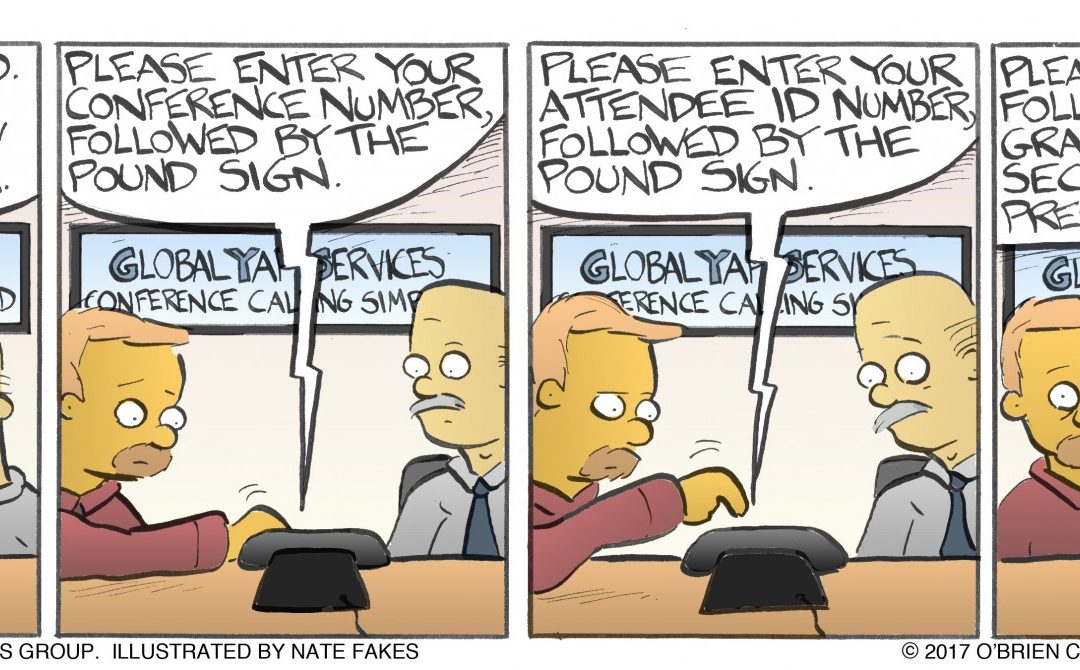At some point before the coronavirus kicked in, two dudes submitted an article to Harvard Business Review (HBR) called, “How to Get People to Actually Participate in Virtual Meetings“. Because the editors at HBR have been practicing cognitive distancing since long before social distancing became a thing, they saw fit to publish it on March 9. That was roughly the point at which the virus was launching its siege on the United States, after laying waste to China and Italy.
Through no fault of their own, the editors’ timing was fortuious, since the United States are now under virtual lockdown, making virtual meetings pretty much mandatory. An early passage from the article says this:
In situations where you can’t demand attention with ocular oppression, you have to learn to do what we should’ve mastered long ago: create voluntary engagement. In other words, you have to create structured opportunities for attendees to engage fully.
Ocular oppression. There ya go. There’s nothing like oppression to get folks to buy in to what thay already know is bullshit. And later, the article offers five tips. (Where would an HBR article be without some handy how-to hacks?)
Plan A
For those with short attention spans, weak stomachs, or discerning intellects, here’s a paraphrased synpopsis of the five tips. I won’t blame you a bit if you think I’m making any of this up:
- The 60-second rule. Jar the participants’ preserves in the first minute. Make them feel inferior. Make them feel like failures. Or make them feel like the left hand doesn’t know what the right is doing.
- The responsibility rule. Don’t let folks participate comfortably according to their own temperaments and styles. Rather, quicky invoke …
- The nowhere to hide rule. Assign folks tasks on tight timelines in breakout groups for which you’ve arbitrarily selected the members, then shame them into identifying something they could have done better in the recent past. Have them share the information with the larger group for maximum humiliation.
- The MVP Rule. MVP here means Minimum Viable PowerPoint deck. It’s not clear how this one got by the editors because it actually makes sense.
- The 5-minute rule. Don’t give participants more than five minutes to solve any problems. This one is particularly timely. During your next virtual meeting, give the participants five minutes to cure COVID-19.
Plan B
Here’s another way to go about virtual meetings, without running the risk (or planning the inevitability) of intimidation, humiliation, or oppression, ocular or otherwise:
- Clearly communicate the nature of the meeting to all participants ahead of time.
- Let it be known who the subject-matter experts in the meeting will be.
- Let the subject-matter experts know you’ll be asking each of them pointed questions during the meeting.
- Ask them to make their answers cogent, concise, and consequential.
- Let all the participants know there’ll be time before for pointed questions before the meeting concludes.
- Let all the participants know there’ll be next steps identified and assigned ahead of the next virtual meeting.
Fair Warning
Please be aware that if you follow Plan B, you run the clear and present danger of enabling people to accomplish something willingly, comfortably, and enthusiastically.
If so, you can save the oppression for the legitimate malingers.

